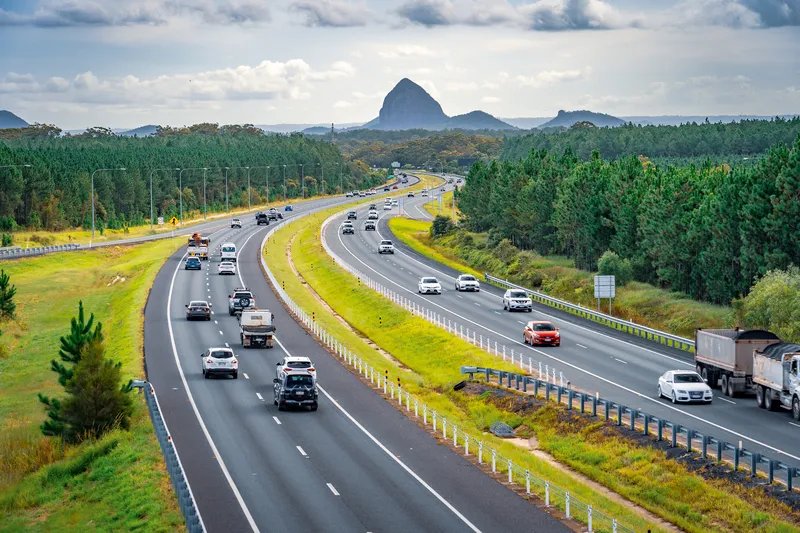Australian signs manufacturer, A.D. Engineering International was selected by DownerMouchel to provide overhead variable message signs for the Gateway WA project, which aims to improve the safety and efficiency of one of Western Australia’s most important transport hubs around Perth airport.
Gateway WA was selected as the alliance partner by Main Roads Western Australia to deliver the $1 billion Gateway WA Perth Airport and Freight Access Project on behalf of the Australian and Western Australian Governm
August 19, 2015
Read time: 2 mins
Australian signs manufacturer, 8223 A.D. Engineering International was selected by DownerMouchel to provide overhead variable message signs for the Gateway WA project, which aims to improve the safety and efficiency of one of Western Australia’s most important transport hubs around Perth airport.
Gateway WA was selected as the alliance partner by Main Roads Western Australia to deliver the $1 billion Gateway WA Perth Airport and Freight Access Project on behalf of the Australian and Western Australian Governments. The alliance comprises five industry leaders –4977 Leighton Contractors, Georgiou, GHD, 3525 AECOM and BG&E.
The project is a national infrastructure priority driven by the expected doubling of passenger air travel and the road freight task over the next decade, coupled with proposed consolidation of Perth’s airport terminals.
It incorporates road and bridge improvements, local road modifications, facilities and connections for pedestrians and cyclists, noise walls, landscaping and the use of intelligent transport system (ITS) technology.
As part of the ITS technology, A.D. Engineering International is to supply 16 large overhead gantry style variable message signs (VMS) which will be mounted on the approaches to and along the highways.
The signs feature an ultra-bright full matrix LED display designed for high visibility and are capable of displaying large format text and graphics to catch road users’ attention. Drivers will benefit from up-to-date information and traffic advice such as current traffic and weather conditions on the highway, safety messages and upcoming events, similar to the current system on the freeway.
The first of the signs has been installed on the Tonkin Highway South near the Dunreath Drive Bridge. The second sign installation is scheduled for this week and the remaining spread across the following weeks.
Gateway WA was selected as the alliance partner by Main Roads Western Australia to deliver the $1 billion Gateway WA Perth Airport and Freight Access Project on behalf of the Australian and Western Australian Governments. The alliance comprises five industry leaders –
The project is a national infrastructure priority driven by the expected doubling of passenger air travel and the road freight task over the next decade, coupled with proposed consolidation of Perth’s airport terminals.
It incorporates road and bridge improvements, local road modifications, facilities and connections for pedestrians and cyclists, noise walls, landscaping and the use of intelligent transport system (ITS) technology.
As part of the ITS technology, A.D. Engineering International is to supply 16 large overhead gantry style variable message signs (VMS) which will be mounted on the approaches to and along the highways.
The signs feature an ultra-bright full matrix LED display designed for high visibility and are capable of displaying large format text and graphics to catch road users’ attention. Drivers will benefit from up-to-date information and traffic advice such as current traffic and weather conditions on the highway, safety messages and upcoming events, similar to the current system on the freeway.
The first of the signs has been installed on the Tonkin Highway South near the Dunreath Drive Bridge. The second sign installation is scheduled for this week and the remaining spread across the following weeks.









